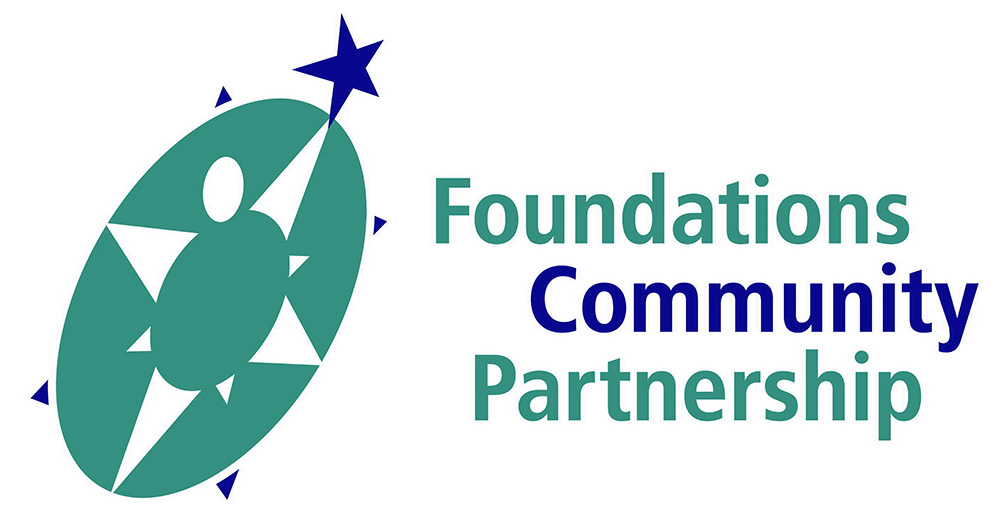Great Presentation Concludes the 2018 FCP Spring Professional Workshop Series
Dr. Melanie Pellecchia provided an outstanding workshop today by entitled: “Applied Behavior Analysis: Strategies for Children with Autism Spectrum Disorder. ” The presentation clearly met the following goals:
At the end of this activity the learner will be able to
- Describe the key elements of ABA in the treatment of children with ASD
- Distinguish between various ABA-based approaches for children with ASD
- Discuss how to incorporate ABA-based approaches into treatment recommendations for children with ASD
Dr. Pellecchia had a very dynamic style that kept the pace moving quickly. She was also able to transcend the important nature of the material with a gentle sense of humor, without diluting her message in the least. The 3 hours went by quickly, leaving the already satisfied audience wanting more. As I have said in the past, presenters who accept open questions during the workshop often set themselves up for comments and questions that deter from the presentation. This can take up much time and prevent the presenter from completing the material. While there were many comments and questions, people around me agreed that these were on target and moved the discussion forward.
With a modest number of slides and videos, Dr. Pellecchia was able complete her available material thoroughly. The rich nature of the information presented, along with her expertise and her presentation style appeared to easily meet her goals for this workshop.
Dr. Pellecchia stated that the definition of ABA includes:
- Systematic application of behavioral learning theory to change socially significant behavior to a meaningful degree.
- Fundamental tenet: Learning is a product of behavioral consequences.
The 7 essential elements of Applied Behavioral Analysis include:
- Applied – Real world consideration
- Behavioral – Can be observed
- Analytic – Includes data collection
- Technological – Carefully defined and replicable
- Conceptually Systematic – Based on established principles
- Effective – Carefully monitored
- Promotes Generalization – Works in the real world, not just the lab
Dr. Pellecchia stated that Applied Behavior Analysis is not a specific program, but there are many ABA-based programs. There are two basic approaches for ABA based programs. The first: Discrete Trial Training, is a highly structured, 1:1 teaching model that breaks down complex tasks into simple steps, presenting multiple trials and reinforcing each step. Once mastered, a new step is added. The second: Naturalistic Behavioral Approaches are instruction in a natural setting, such as a play area on the floor, that follow the child’s lead and manipulate the environment to create planned and unplanned teaching moments. Naturalistic Behavioral Approaches include:
- Pivotal Response Training
- Natural Environment Teaching and
- Incidental Teaching
Naturalistic methods are more difficult to teach and require a fast pace and much energy for success.
Dr. Pellecchia also discussed two classroom teaching models:
- The STAR program (Strategies for teaching based on Autism Research), and
- The Competent Learner Model (CLM)
Dr. Pellecchia paid particular attention to children with challenging behavior. She showed several videos and stressed the importance of prevention of these behaviors, stating that 80% to 90% of support should be aimed at preventing the challenging behavior, often changing the environment and teaching new skills that replace the challenging behavior. Dr. Pellecchia also emphasized the importance of teaching communication skills to the child as a priority to reduce maladaptive behavior. The child who cannot express needs or wants is easily frustrated and can become aggressive or self-injurious. She said that augmented communication methods such as signing, and technology devices encourage, rather than act as a barrier to speech.
Dr. Pellecchia talked about the importance of a thorough assessment of the child and the behavior before developing an intervention plan. She presented the Functional Behavioral Assessment (FBA) as a method of determining the function and the purpose of the behavior. ABA states that there are four functions of behavior. These are:
- Attention – Both positive and negative
- Access – Gaining a desired tangible or activity
- Escape – Avoiding an undesirable activity
- Sensory – Reacting to an unpleasant sensation
FBA is used to identify patterns of a behavior, develop a functional hypothesis and help develop a function-based intervention.
Finally, Dr. Pellecchia discussed the importance of careful treatment planning, including matching the treatment to the characteristics of the child, with developmentally appropriate goals (Meet the child where he/she is at). She also reminded us to consider practicality of treatment delivery such as the treatment length and number of sessions, and the child’s rate of skill acquisition. Perhaps most important, and sometimes forgotten, is the consideration of the child’s treatment on the family. How will treatment impact family harmony, does the family have the time and ability/energy to participate successfully. Dr. Pellecchia also reminded the clinician to consider whether or not the family can afford the cost of treatment.
In many workshops that I have attended with this topic, the presenters are frequently defensive perhaps, due to the “bad rap” that some ABA programs have experienced. Dr. Pellecchia’s presentation was not at all defense. If anything, and despite her acknowledgement that some programs are better than others, she made it clear that the best programs all incorporate the basic ABA principles that she described. It was a pleasure to participate!
Dr. Pellecchia: Thank you! Please come back again!
Other Comments?
